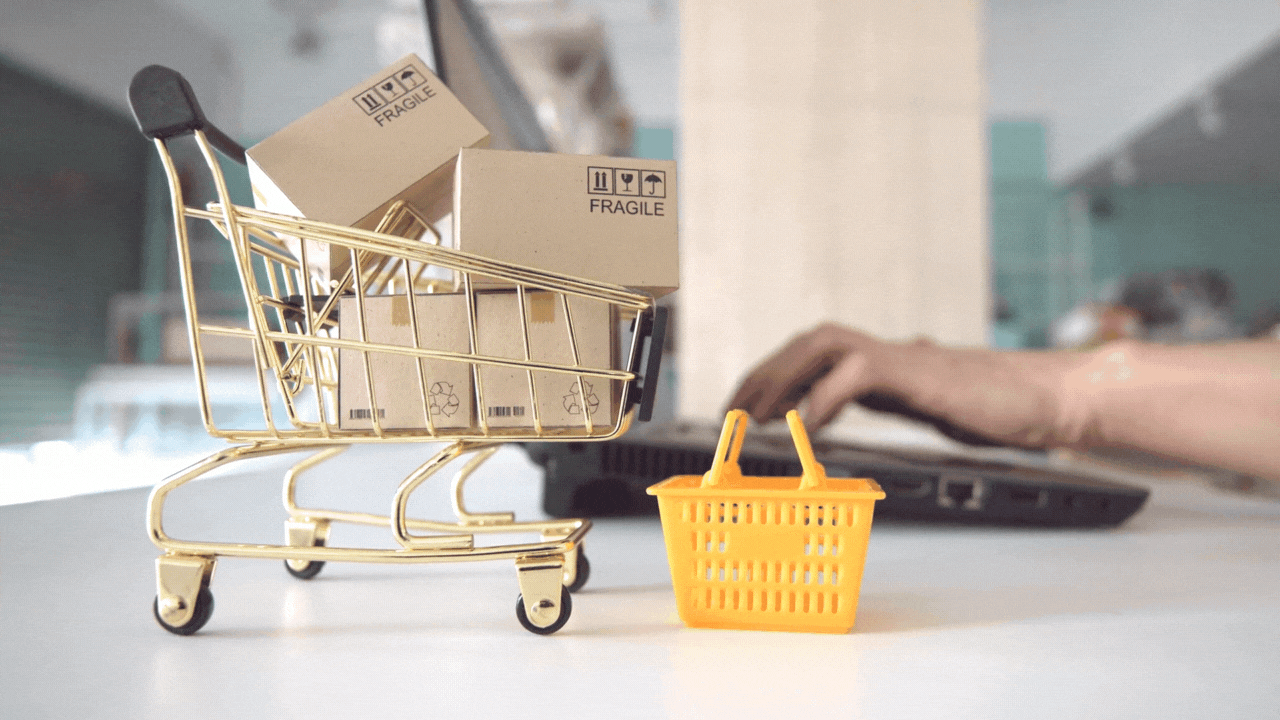"There’s a reason why the windshield is bigger than the rearview mirror. Where you are going is more important than where you’ve been.” - Unknown

It’s been a while since we looked forward – 12 months or so. With the year being relatively new, now seems like a perfect time to do just that. The past year has been challenging for most businesses. There has been an incredible number of changes along with the challenges coming from the aftereffects of the global pandemic, Russia’s invasion of Ukraine, economic concerns, new technologies, and political factors among others. These won’t be slowing down in 2023. In fact, we expect the road ahead to be bumpy.
Retailers, in particular, have been impacted by the challenges - the supply chain, inflationary pricing, economic uncertainty, a shift in consumer demands, and the high rate of staff turnover. But with the new year upon us and better-than-expected holiday season results (7.6% growth rate from last year according to the latest MasterCard report) there is a positive outlook in the industry and more focus on the customer’s shopping journey.
So, what are the trends that would impact the retail industry and change how we shop in 2023?
Evolving social media. Retailers will expand their use of social media and influencer marketing more than ever before to engage and understand customers’ sentiments, preferences, and attitudes toward their company. And, whenever possible retailers/brands will continue to sponsor/offer ongoing access to their Metaverse and special live event streaming (concerts, fashion shows, sporting events).
Hybrid shopping and seamless shopper journey. Retailers need to synchronize consumer data in near real-time across all shopping channels - in-store, online, mobile, social media, and live streaming, for a seamless shopping experience.
Store design shifts and mixed-use spaces from smaller and more convenient strip-style centers like the Target Campus Stores and Walmart’s Neighborhood Markets to bigger store space to include new design features (curbside pick-up, in-store pick-up, and fulfillment)
Consumerism curtailment. Consumers are likely to remain careful and choosy about what they spend their money on in 2023 favoring necessities over discretionary purchases.
Companies focusing on sustainability will win out. Repair, recycling, reuse, and thrifting will become the mantra in 2023--as consumers continue to demand a more social/environmentally conscious approach in response to global warming, overflowing landfills, and an overall need to protect the earth. The US thrift store industry is valued at over $10 billion and growing. And Walmart, Ikea, REI, Amazon, and Home Depot all now have a secondhand presence.
Data privacy. The deprecation of third-party cookies and anti-tracking updates from Apple and others are making data collection more difficult and marketing more complicated. Brands need to let customers know exactly what types of information are being shared to ensure there is an appropriate level of expectations set at all times.
Growing demand for experiential retail. Brands can elevate the shopping experience through immersive in-store design and merchandising or by offering classes and events to have a competitive advantage. In addition, the metaverse, where consumers interact with brands through immersive technology, like VR and AR will impact the retail industry.
Great resignation. Employers need to ensure they are providing attractive careers, the flexibility of hybrid work, and value-oriented workplaces as competition for the most talented and skilled workers grows more intense.
Payment flexibility. With inflation continuing to be a major concern, more consumers will put purchases on their credit cards and explore alternative payment methods that provide added wiggle room when strapped for cash. This means retailers in turn should provide a variety of alternative payment choices such as “buy now, pay later” and layaway.
While it can be tempting to stick with the tried-and-tested strategies--keeping up and pivoting with the trends will set you apart and ensure business sustainability and growth.
Here are ways to keep up with trends in your industry:
Take advantage of free resources (SBDC, SCORE, and relevant social media communities)
Attend training and webinars.
Sign up for newsletters and email lists.
Keep up with your competitors on social media.
Follow industry experts across all platforms.
Subscribe to an industry publication.
Find a business coach and consult with them regularly.
For more business tips, check out my other blogs. And email me at debbieg@bizmadeez.com for help with marketing and branding for your small business.
